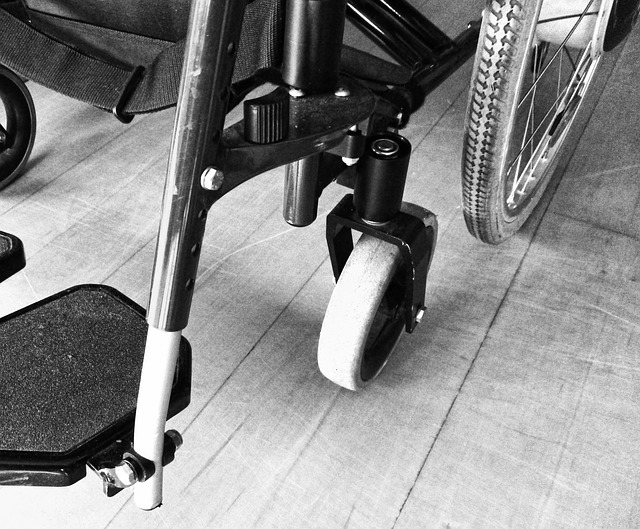A successful experiment has demonstrated the efficacy of newly developed mind-control wheelchairs in helping paralysis patients navigate through obstacles.
The study, published in the journal iScience, found the non-invasive wheelchair control allowed paralyzed patients to guide themselves through an obstacle course.
The quadriplegic participants were put on an electrode cap that allowed them to control the wheelchair. Once the cap was on, the patients had to focus on moving certain body parts they no longer controlled like the hands and legs.
“This intent will be translated into the actual commands for the motors of the wheelchair that will make the wheels move at different speeds so that if one is faster than the other, then it will turn into that in the opposite direction,” senior researcher, José del R. Millán, a professor of neurology and chair of electrical and computer engineering at the University of Texas at Austin, said, reported USNews. “So, if the right is faster than the left, it will automatically turn toward the left and the other way around.”
Two of the three volunteers were able to mind-control the wheelchair with increasing accuracy as the training progressed. To move toward the right, volunteers had to think about moving both legs, while to move the wheelchair toward the left, volunteers had to think about moving both hands.
Currently, patients have to undergo an operation to gain mind control of a wheelchair. This new non-invasive method, which requires no such surgery, can prove revolutionary.
“This is probably the first small study to achieve quite good success without having to enter the brain,” Abbey Sawyer, a postdoctoral researcher in the Abilities Research Center at the Icahn School of Medicine at Mount Sinai in New York City, told USNews.
“There are much more invasive approaches which are entering safety and feasibility stages of human trials at this point, but this is one of the first and probably one of the most successful of a noninvasive approach,” Sawyer, who was not part of the study, added.
The three participants were trained three times a week for two to five months. Over the course of the training, two participants showed exceptional progress, with accuracy increasing to 95% and 98% individually from the initial 43%-55%.
“The main point of the paper is that if we train people sufficiently long, they can achieve a certain level of control of a sophisticated device like these brain-controlled wheelchairs,” Millán noted.
However, commercial use of such mind-controlled wheelchairs is still a long way from materializing.
“There’s no pragmatic, adaptive way for people to do this themselves, and the training is quite intensive, so I don’t think it’s quite ready for prime time,” Dr. Anthony Ritaccio, a professor of neurology at the Mayo Clinic in Jacksonville, Fla, said. “People are still working to make it easy and applicable, because otherwise, why would it take decades? It would have been on the market already.”
















